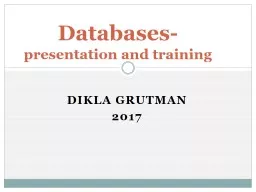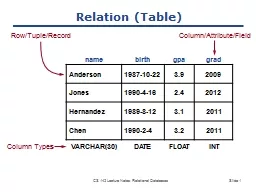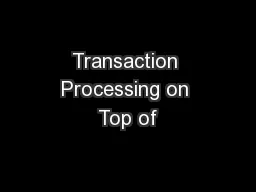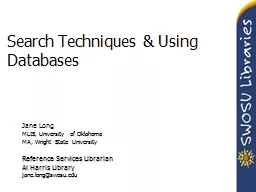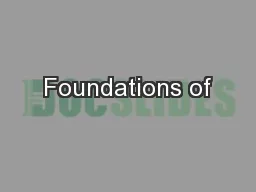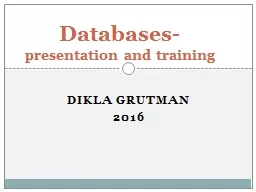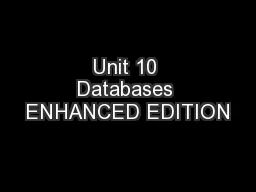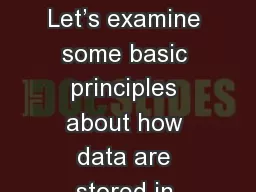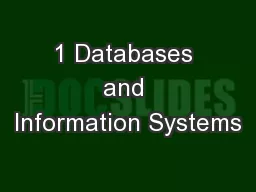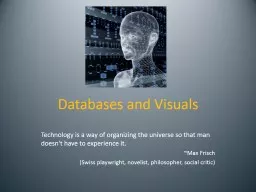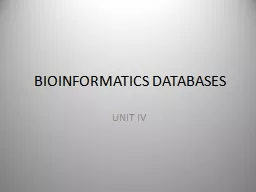PPT-Dikla grutman 2017 Databases-
Author : stefany-barnette | Published Date : 2018-10-29
presentation and training Databases Databases contain information gathered from thousands of scholarly journals books book series reports conferences and more Databases
Presentation Embed Code
Download Presentation
Download Presentation The PPT/PDF document "Dikla grutman 2017 Databases-" is the property of its rightful owner. Permission is granted to download and print the materials on this website for personal, non-commercial use only, and to display it on your personal computer provided you do not modify the materials and that you retain all copyright notices contained in the materials. By downloading content from our website, you accept the terms of this agreement.
Dikla grutman 2017 Databases-: Transcript
Download Rules Of Document
"Dikla grutman 2017 Databases-"The content belongs to its owner. You may download and print it for personal use, without modification, and keep all copyright notices. By downloading, you agree to these terms.
Related Documents

